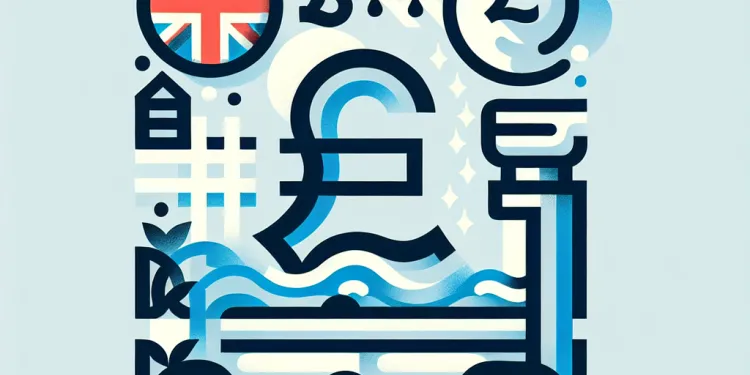
Find A Professional
More Items From Ergsy search
-

Does Thames Water enforce a hosepipe ban more than other water authorities?
Relevance: 100%
-
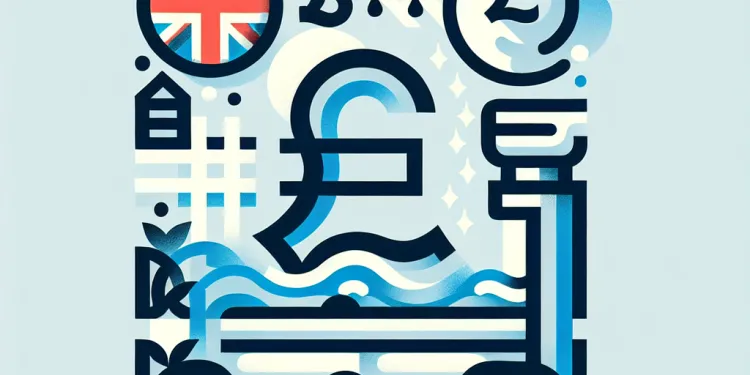
Does Thames Water impose hosepipe bans more frequently than other water authorities?
Relevance: 97%
-
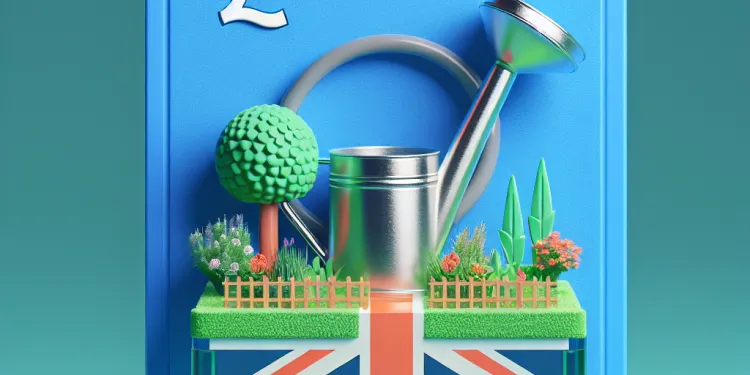
Can I use a watering can during a hosepipe ban?
Relevance: 84%
-
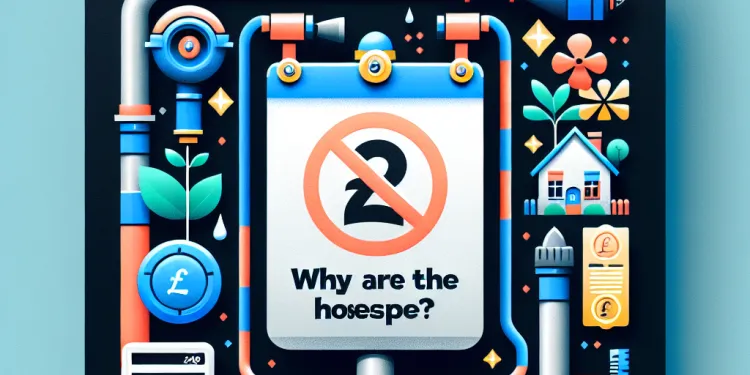
Why are hosepipe bans imposed?
Relevance: 79%
-
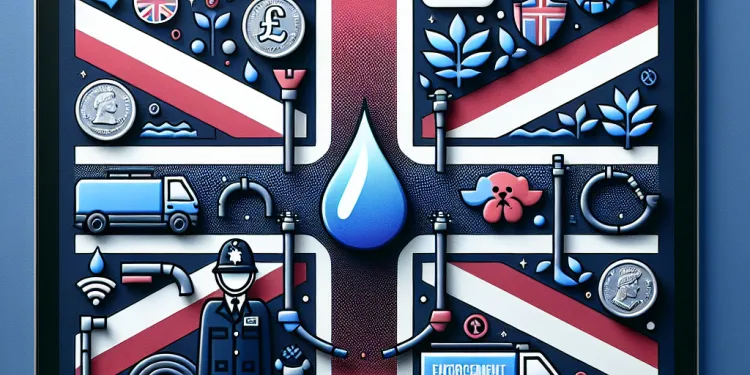
Who enforces hosepipe bans?
Relevance: 79%
-
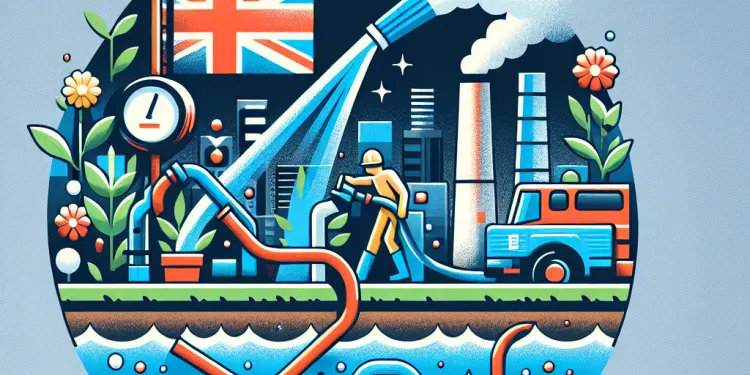
Under what conditions does Thames Water typically impose a hosepipe ban?
Relevance: 77%
-
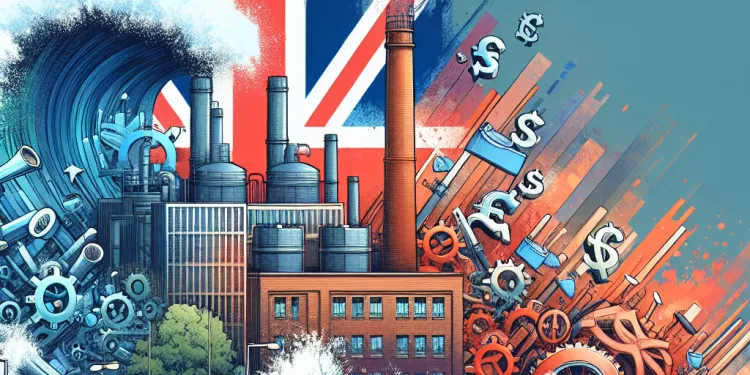
Can water companies enter my property to enforce a hosepipe ban?
Relevance: 75%
-
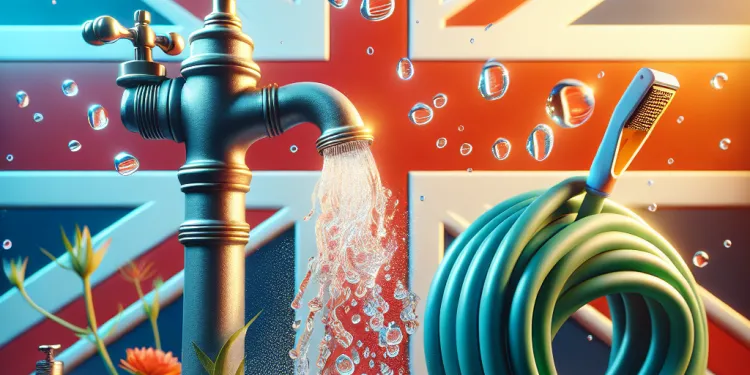
Does Thames Water notify customers before a hosepipe ban is enforced?
Relevance: 75%
-
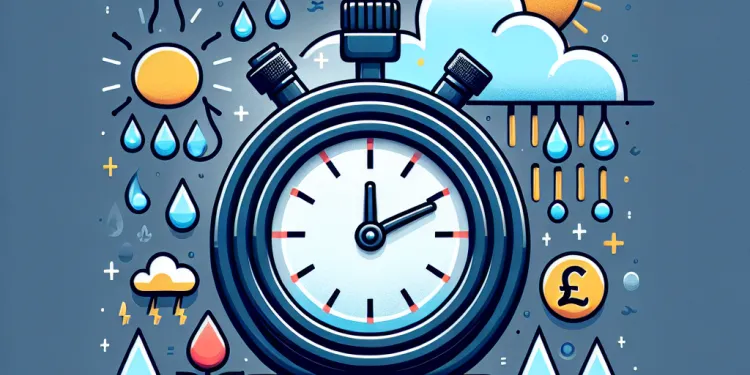
How long do hosepipe bans last?
Relevance: 70%
-

Is a hosepipe ban legally enforceable?
Relevance: 69%
-
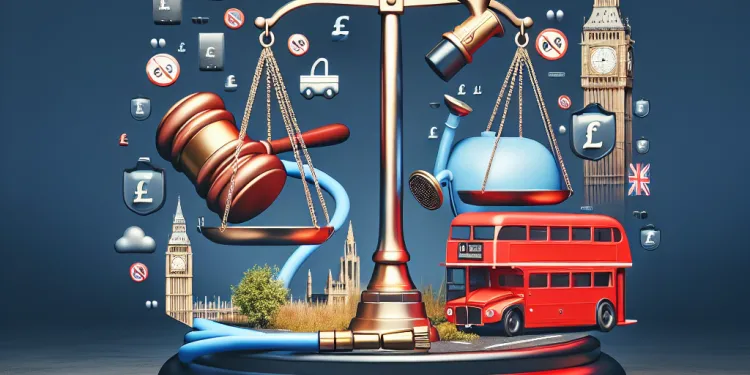
What is the penalty for violating a hosepipe ban from Thames Water?
Relevance: 69%
-

Is a hosepipe ban legally enforceable?
Relevance: 66%
-
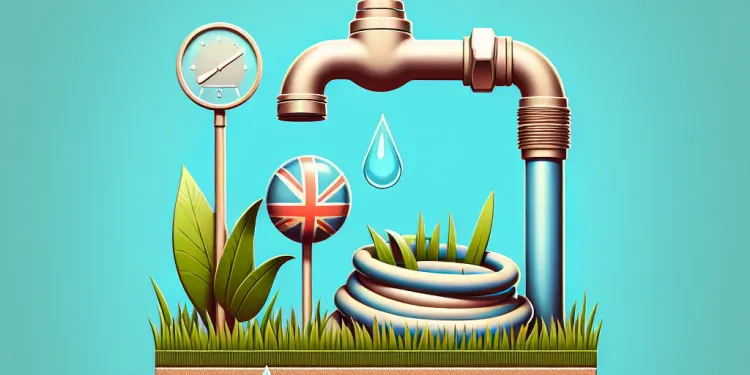
What is a hosepipe ban?
Relevance: 66%
-
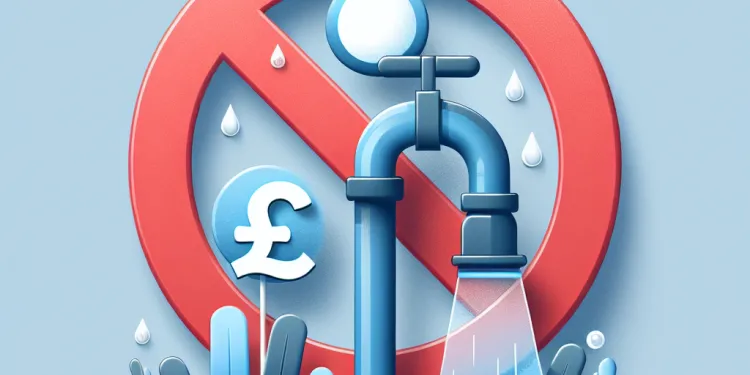
What happens if a hosepipe ban is ignored?
Relevance: 64%
-
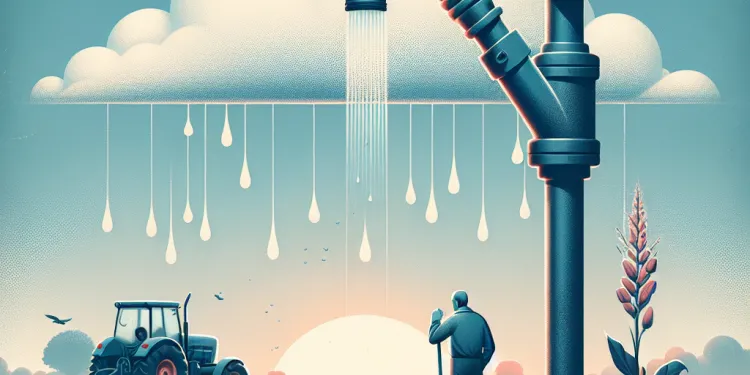
How do hosepipe bans affect farmers?
Relevance: 61%
-
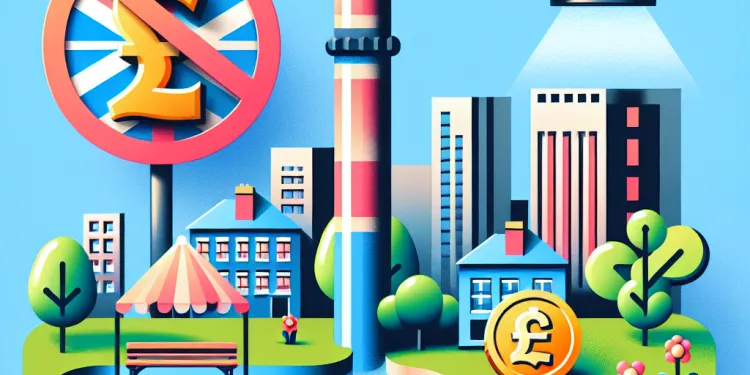
Do hosepipe bans apply to public parks and gardens?
Relevance: 58%
-
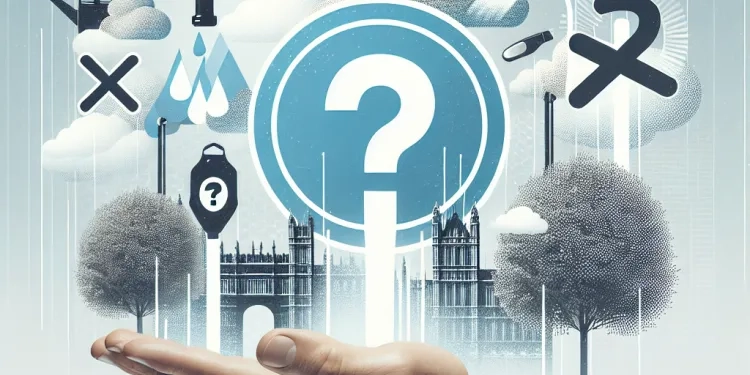
Is using a pressure washer allowed during a hosepipe ban?
Relevance: 58%
-

How can I check if there is a hosepipe ban in my area?
Relevance: 58%
-

Are there any exceptions to a hosepipe ban?
Relevance: 57%
-

How are hosepipe ban restrictions communicated to the public?
Relevance: 57%
-
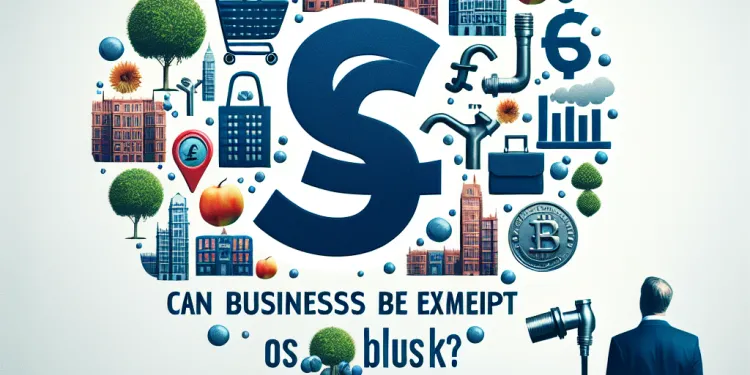
Can businesses be exempt from hosepipe bans?
Relevance: 56%
-
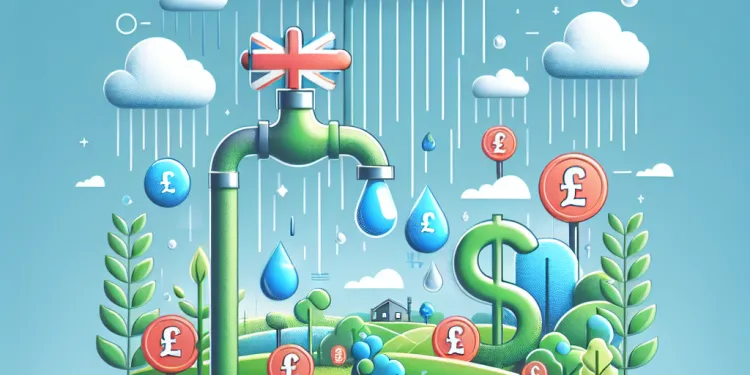
What causes water loss in the UK?
Relevance: 53%
-
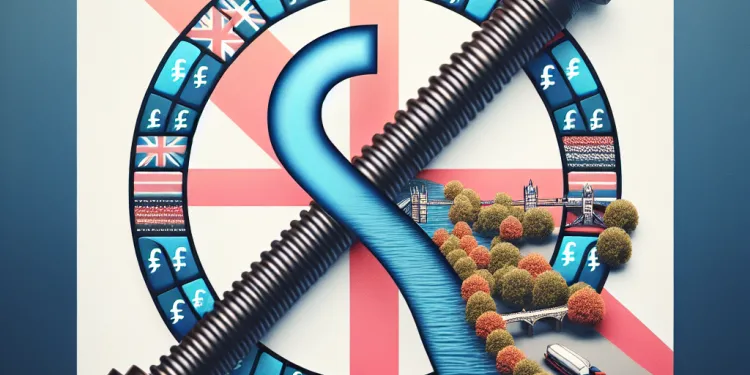
How often does Thames Water enforce hosepipe bans?
Relevance: 52%
-

Are there initiatives to improve water efficiency in infrastructure?
Relevance: 49%
-

What is the role of consumers in reducing water loss?
Relevance: 49%
-
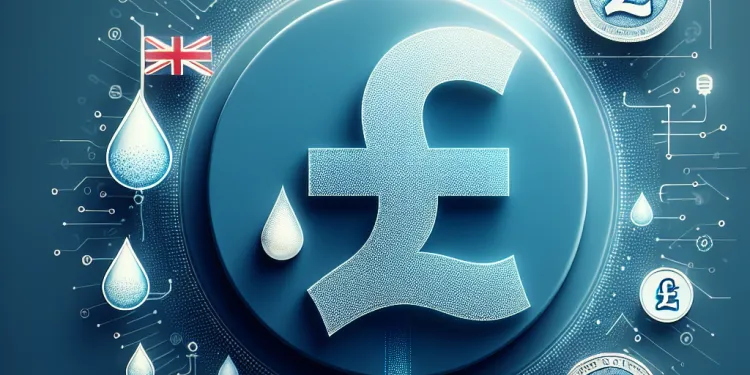
What are the financial implications of water loss for the UK?
Relevance: 47%
-
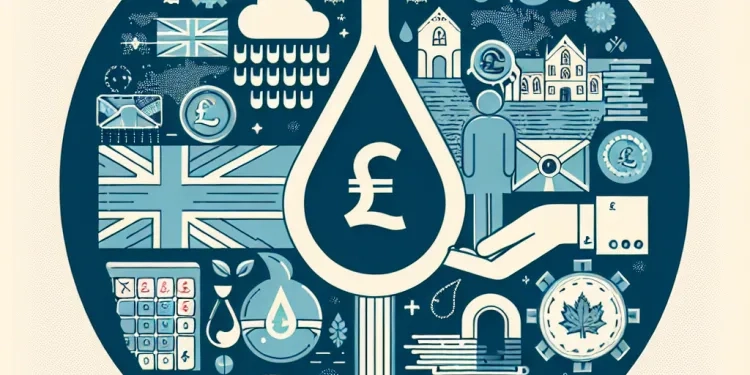
Are there any government initiatives to tackle water loss in the UK?
Relevance: 46%
-

Who regulates the performance and compliance of UK water companies?
Relevance: 46%
-
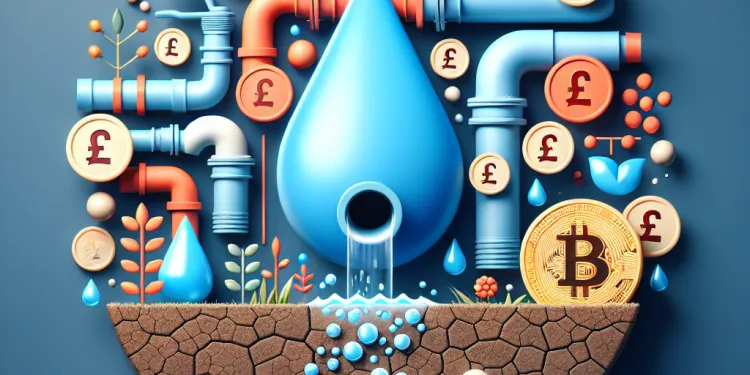
How significant is the water loss problem in the UK?
Relevance: 45%
-
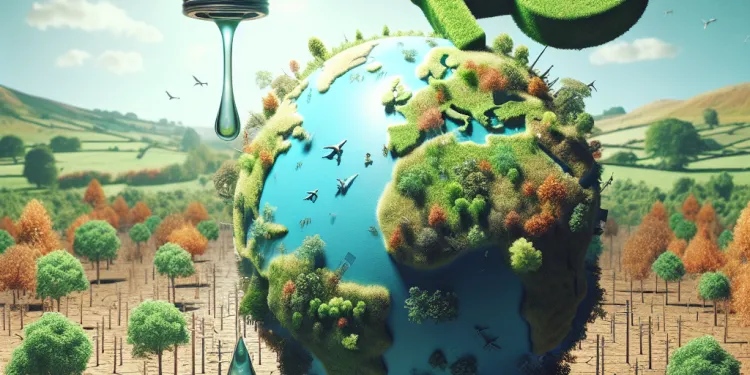
What impact does water loss have on the environment in the UK?
Relevance: 45%
-
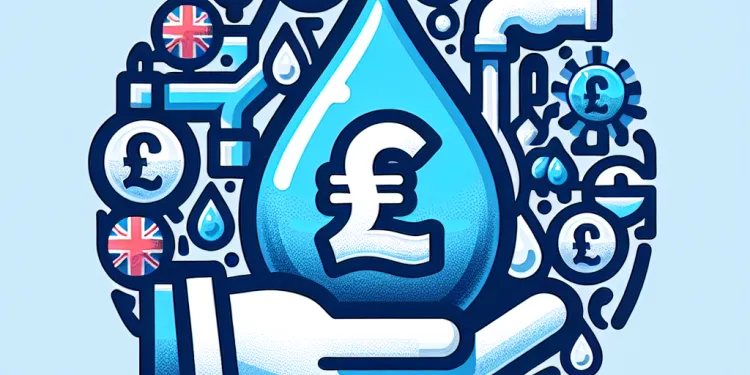
Can individual actions significantly impact overall water loss?
Relevance: 45%
-

What is the role of a water regulator in my claim?
Relevance: 43%
-
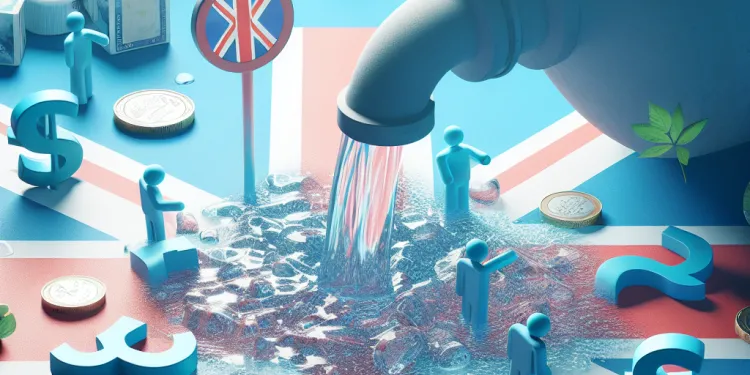
How much water is lost in the UK through poor infrastructure?
Relevance: 41%
-

Do online banks have lower fees than traditional banks?
Relevance: 41%
-
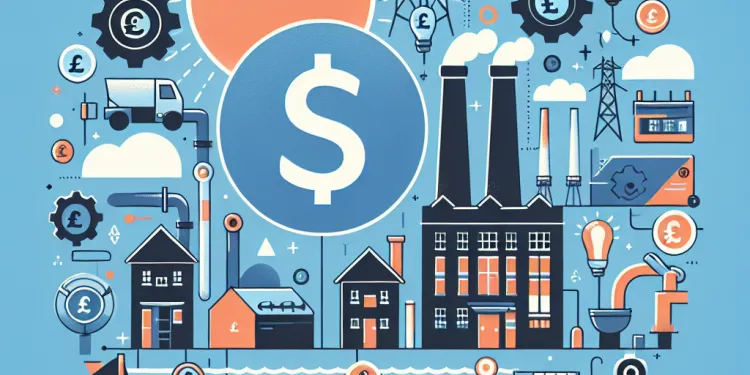
Are water companies responsible for maintaining water infrastructure in the UK?
Relevance: 41%
-

Can hosepipes be used for irrigation during a ban?
Relevance: 40%
-

Do all banks have the same fee structures?
Relevance: 37%
-
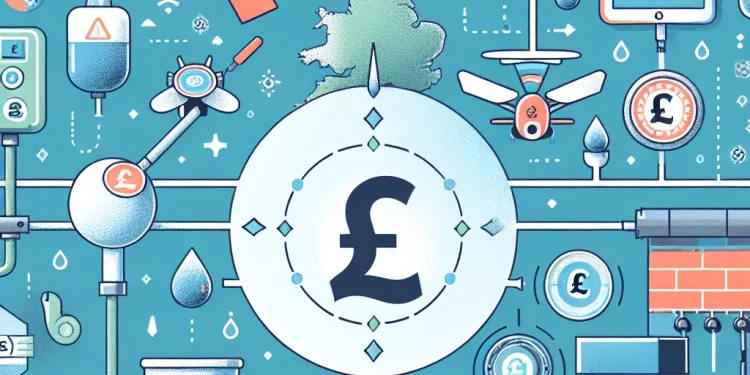
How are new technologies helping to reduce water loss in the UK?
Relevance: 36%
-
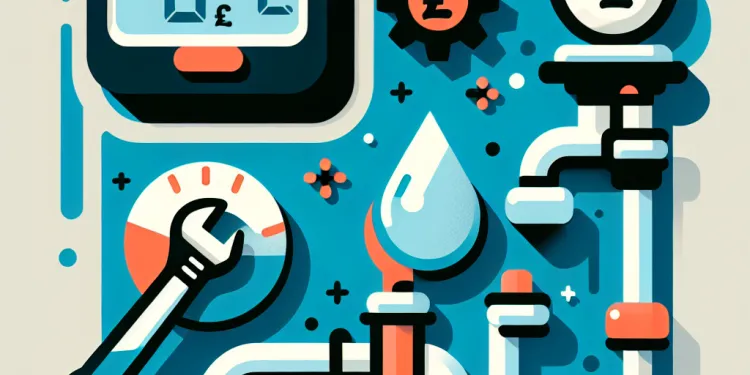
What measures are being taken to address water loss in the UK?
Relevance: 36%
-
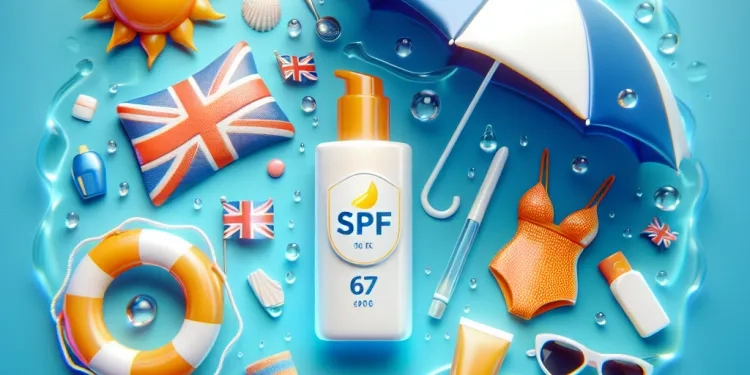
Do I need a different SPF for water-related activities?
Relevance: 35%
Introduction
Hosepipe bans, also known as temporary water use bans, are restrictions that water authorities in the UK impose during times of water scarcity. These are implemented to conserve water and manage supply during periods of drought or unusually dry weather. Thames Water, one of the largest water suppliers in the UK, serves London and surrounding areas. The question arises, does Thames Water impose hosepipe bans more frequently than other water authorities?
Understanding Hosepipe Bans
Hosepipe bans typically restrict the use of hosepipes or sprinklers for watering gardens, cleaning cars, filling swimming pools, and other outdoor uses. Introduced under the Water Industry Act 1991, these measures aim to reduce water usage by up to 10%. Impacts can vary depending on the severity of the drought and the measures put in place by each water company. It is important to note that while restrictions may be inconvenient for some, they play a critical role in safeguarding water supply for essential uses and future sustainability.
Thames Water and Its Challenges
Thames Water supplies water to over 15 million people and faces challenges unique to its geographic location. The Southeast of England, particularly the area Thames Water covers, experiences a higher population density and is often more susceptible to drought compared to other regions. This situation can compel Thames Water to act preemptively to conserve water, potentially leading to more frequent imposition of hosepipe bans during dry periods.
Comparison with Other Water Authorities
In comparison to other regions, saw during periods of extreme heat or low rainfall, hosepipe bans might be more readily applied by companies like Thames Water. However, it’s important to note that other areas in the UK also face their own challenges. For instance, areas served by Southern Water or South East Water may also see frequent water use restrictions due to similar climatic conditions. Conversely, water authorities in parts of Scotland or Northern England, where rainfall is typically more abundant, might impose such bans less frequently.
Analysis of Frequency
Analyzing the past decades of drought conditions and hosepipe bans, Thames Water has had multiple instances of imposing these measures, particularly in years of pronounced drought such as 2006 and 2012. However, the frequency of bans is often directly correlated with environmental factors such as rainfall levels and river flow rates, which vary year by year. Thames Water, like other authorities, considers multiple aspects including reservoir levels and long-term forecasts before implementing bans.
Conclusion
In conclusion, while Thames Water might appear to impose hosepipe bans relatively frequently, this is influenced by the specific challenges of its service area, including high population density and variable rainfall patterns. Each water authority faces unique geographic and climatic challenges, which means the frequency of hosepipe bans can vary significantly across the country. Therefore, comparisons must take these factors into account rather than evaluating only on the number of bans imposed.
Introduction
A hosepipe ban is when you can't use a hose to water gardens, wash cars, or fill pools. Water companies in the UK use these bans when there isn't much water. They help save water when there is not enough rain. Thames Water is a big water company in the UK. It supplies water to London and nearby places. People want to know if Thames Water has hosepipe bans more often than other companies.
Understanding Hosepipe Bans
When there's a hosepipe ban, you can't use a hose or sprinkler for some things outside. The goal is to use less water. It helps keep enough water for what people really need. Sometimes it can be a little bothersome, but it is important to keep water for the future when we need it. These rules come from the Water Industry Act 1991.
Thames Water and Its Challenges
Thames Water brings water to over 15 million people. In the Southeast of England, where Thames Water is, there are a lot of people, and sometimes it doesn't rain enough. Because of this, Thames Water has to think ahead and might start a hosepipe ban to save water during dry times.
Comparison with Other Water Authorities
Other places in the UK have their own problems. For example, Southern Water and South East Water might also have hosepipe bans when it is very hot or dry. Places in Scotland or Northern England get more rain, so they don't have to use bans as much.
Analysis of Frequency
In past years, especially when it was very dry like in 2006 and 2012, Thames Water used hosepipe bans a lot. If there isn't much rain or the rivers are low, then Thames Water might put in a ban. They think about different things like how full the reservoirs are before making a decision.
Conclusion
To finish, Thames Water might use hosepipe bans a lot because of where they are and how many people live there. Every water company has its own problems, like if it rains a lot where they are. So we should not just look at how many bans there are, but think about why they happen.
Frequently Asked Questions
What is a hosepipe ban?
A hosepipe ban is a temporary water usage restriction that prevents households from using a hosepipe for activities like watering gardens, washing cars, or filling pools, typically during periods of drought.
Why are hosepipe bans imposed?
Hosepipe bans are imposed to conserve water during periods of low rainfall, to ensure that there is enough water for essential use.
Who imposes hosepipe bans in the UK?
Hosepipe bans are imposed by water authorities and companies in specific regions across the UK, including Thames Water.
Has Thames Water imposed hosepipe bans in the past?
Yes, Thames Water has imposed hosepipe bans in the past during periods of drought or low water levels.
How does Thames Water determine the need for a hosepipe ban?
Thames Water assesses water reservoir levels, river flows, and rainfall patterns to determine if a hosepipe ban is necessary.
Do other water authorities impose hosepipe bans as well?
Yes, other water authorities across the UK also impose hosepipe bans when needed, depending on regional water availability and conditions.
Is Thames Water more likely to impose hosepipe bans than other authorities?
This can vary depending on regional water resource challenges. Thames Water serves the London region, which has a high population density, potentially impacting water demand management.
What factors may lead Thames Water to impose a hosepipe ban?
Extremely dry conditions, low reservoir levels, and high water demand might lead Thames Water to impose a hosepipe ban.
How frequently does the UK experience hosepipe bans?
Hosepipe bans are not regular events and occur primarily during periods of extended dry weather or drought.
Are there any penalties for breaching a hosepipe ban in Thames Water's jurisdiction?
Yes, breaching a hosepipe ban can result in fines for households that do not comply with the restrictions.
How can residents impacted by a hosepipe ban conserve water?
Residents can conserve water by using water-saving devices, reusing water where possible, and minimizing non-essential water usage.
What exemptions exist for hosepipe bans?
Certain uses, like commercial cleaning services or activities necessary for economic viability, may be exempt from hosepipe bans.
Can hosepipe bans affect businesses?
Yes, businesses that rely on water usage for operations may be affected by hosepipe bans if no exemptions apply.
In what recent years has Thames Water implemented hosepipe bans?
Specific information on past years when bans were imposed can be found on the Thames Water website or through news archives.
How does public response to a hosepipe ban impact its effectiveness?
Public compliance with hosepipe bans is crucial for effective water conservation, reducing the risk of more severe restrictions.
Does rain during a hosepipe ban immediately lift the restriction?
Not necessarily. Consistent rainfall over time is needed to replenish water levels and lift restrictions.
How do water authorities notify customers of hosepipe bans?
Customers are typically notified via direct communication, websites, news outlets, and social media channels.
How does climate change impact the frequency of hosepipe bans?
Climate change may increase the frequency of droughts, potentially leading to more frequent hosepipe bans.
Are there any technological solutions to reduce the need for hosepipe bans in the future?
Technological solutions like advanced water recycling, improved leak detection, and more efficient irrigation systems could help reduce the need for hosepipe bans.
How does Thames Water manage water resources to prevent hosepipe bans?
Thames Water manages resources through infrastructure improvements, leak reduction, and promoting water-saving practices.
What is a hosepipe ban?
A hosepipe ban means you cannot use a hosepipe to water your garden or wash your car. This is because there is not enough water.
Why do we have hosepipe bans? We have hosepipe bans to save water when there is not very much rain.
What can you do instead? You can use a watering can or a bucket instead of a hosepipe.
If you find reading hard, you can ask someone to read this to you.
A hosepipe ban means you cannot use a hose to water your garden, wash your car, or fill up pools. This is usually because there isn't enough water, like during a drought.
Why do we have hosepipe bans?
Sometimes there is not enough water. This can happen if it does not rain much. To save water, people cannot use hosepipes. This is called a hosepipe ban.
If you want to use less water, you can:
- Take shorter showers.
- Turn off the tap when you brush your teeth.
- Use a watering can instead of a hosepipe to water plants.
Ask someone for help if you find this hard to understand. There are also apps and tools that can explain things in easier words.
Sometimes there is not much rain. This means we have less water. To save water, we stop using hosepipes. This helps make sure there is enough water for things we really need.
Who can stop people using garden hoses in the UK?
In the UK, water companies can say you can't use garden hoses. This happens if there is not enough water. They give rules to help save water.
If you want to know more, you can ask someone you trust or look online. Try using pictures to help understand. A calendar can help you remember the rules.
Sometimes, water companies like Thames Water stop people from using hosepipes. This can happen in different parts of the UK.
Has Thames Water stopped people from using hosepipes before?
Thames Water is a company that gives us water.
Sometimes, when there is not enough water, they tell people not to use hosepipes.
If you want to know more, you can ask someone to help you look up "hosepipe ban" online.
Yes, Thames Water has sometimes said people can't use hoses when there isn't enough water or it hasn't rained much.
How does Thames Water decide if we need a hosepipe ban?
Thames Water looks at how much water we have. If there is not enough, they might say, "Don't use your hosepipe." This helps save water.
Tools to help understand:
- Pictures or videos that show water levels.
- Simple charts that explain water use.
Thames Water checks if there's enough water in the reservoirs, rivers are flowing well, and if there has been enough rain. If there isn't, they might say people can't use hosepipes.
Do other water companies stop people from using hoses too?
Yes, other places in the UK also have hosepipe bans if they need to. It depends on how much water is available in that area and the weather.
Does Thames Water have more hosepipe bans than other water companies?
Some tips to help you understand:
- Use pictures or drawings to show ideas.
- Ask someone to explain tricky words.
- Break big sentences into smaller parts.
This can change depending on problems with water in different areas. Thames Water works in London, where there are lots of people. This can make it harder to manage how much water people use.
Why might Thames Water stop people using hosepipes?
Sometimes, Thames Water might say, "No using hosepipes." Here are some reasons why:
- Dry Weather: It hasn't rained much, so there is less water.
- Too Much Water Use: People are using a lot of water, and Thames Water is worried there won't be enough.
- Saving Water: Thames Water wants to make sure there is water for everyone.
If it's hard to read, try asking someone to help. You can also use tools like text-to-speech software to listen while reading.
Very dry weather, low water in lakes, and lots of people using water could make Thames Water stop people using hosepipes.
How often do hosepipe bans happen in the UK?
A hosepipe ban is when people can't use their hoses to water plants or wash cars because there isn't enough water. This happens when there is very little rain and the rivers and reservoirs are low on water.
Hosepipe bans do not happen all the time. They usually happen in the summer when it is hot and dry. But not every summer has a hosepipe ban.
If you want to know if there is a hosepipe ban, you can check the news or ask someone who knows.
For help, you can use pictures, videos, or ask a friend or family member to explain it to you.
Hosepipe bans don't happen very often. They usually happen when it hasn't rained for a long time and there is a drought.
What happens if you break the hosepipe rules in Thames Water's area?
If you use a hosepipe when there are rules against it, you might have to pay money as a punishment. Try to follow the rules. If you are unsure about what to do, you can:
- Ask for help from someone who knows.
- Use easy-to-read guides about water rules.
- Check Thames Water's website for more information.
If you use your hose when there is a ban, you might have to pay a fine. This means you need to follow the rules and not use the hose.
What can people do to save water when they can't use a hosepipe?
Here are some easy ways to use less water at home:
- Take shorter showers.
- Turn off the tap when you brush your teeth.
- Fix any leaking taps.
- Use a bowl to wash dishes instead of running water.
- Collect rainwater to water plants.
Try using gadgets that save water, like a water-saving showerhead.
Ask for help if you find it hard to save water on your own.
People can save water by doing a few simple things:
- Use special tools that help use less water.
- Use water again when it is safe to do so.
- Try not to use water when you don't really need to.
Who can still use a hosepipe when there is a ban?
Some things, like cleaning for a business or important jobs for money, might not have to follow hosepipe bans.
Do hosepipe bans change how businesses work?
Yes, businesses that need to use water for their work might have problems if hosepipe bans happen and there are no special rules for them.
When did Thames Water stop people from using hoses in the last few years?
Tip: You can use a calendar to find the years.
Tool: Ask someone or use the internet to help you answer.
Techniques: Break the question into smaller parts to understand it better.
You can find out about past water bans on the Thames Water website. You can also look for news stories about this.
How does how people react to a hosepipe ban make it work better or worse?
It is important for people to follow hosepipe bans. This helps save water and stops more rules from coming later.
Does rain stop a hosepipe ban right away?
When it rains, it does not always mean the hosepipe ban will end. The rain may not be enough to refill water supplies. If you want to know when the ban ends, you can:
- Check the news or water company website.
- Ask someone for help to find more information.
Not always. We need a lot of rain over time to fill up the water and stop rules about using it.
How do water companies tell people about hosepipe bans?
Water companies can let people know about hosepipe bans in a few ways:
- Letters: They might send letters to your home.
- Emails: They could send an email to you.
- Websites: They often post information on their websites.
- Social Media: They may use Facebook or Twitter to tell people.
If you find reading hard, you can ask someone to help you understand. You can also look for pictures or symbols that show a hosepipe ban. Websites might have videos that explain it, too.
People usually find out through messages, websites, news, and social media like Facebook or Twitter.
How does climate change affect how often we have hosepipe bans?
Climate change makes the Earth warmer. When it is warmer, it might not rain as much. Less rain means less water.
When there is not enough water, we have to save it. A hosepipe ban means you can't use a hose to water plants or wash cars. This helps save water.
So, when climate change makes it warmer and drier, we might have more hosepipe bans.
Here are some tools to help:
- Look at pictures about climate change.
- Watch videos for kids about water and climate change.
Climate change can make it drier. This means we might have less water. So, there could be more rules about using less water for things like watering the garden.
Can technology help us use less water so we don't need hosepipe bans?
Smart tools can help us use less water. We can recycle water to use it again, find and fix leaks faster, and water plants in better ways. This means we might not need to stop using hosepipes as much.
How does Thames Water take care of water to stop hosepipe bans?
Thames Water works hard to make sure we have enough water. Here is how they do it:
- Saving Water: Thames Water fixes leaks to stop water waste.
- Storing Water: They keep water in big tanks for when it doesn't rain.
- Sharing Water: Thames Water shares water with nearby areas if they have too much.
- Asking for Help: They ask us to use less water at home.
These steps help Thames Water make sure we don’t run out of water, so we don't need hosepipe bans.
Thames Water takes care of water by fixing and building better water pipes, stopping leaks, and showing people how to save water.
Useful Links
- Ergsy carfully checks the information in the videos we provide here.
- Videos shown by Youtube after a video has completed, have NOT been reviewed by ERGSY.
- To view, click the arrow in centre of video.
- Most of the videos you find here will have subtitles and/or closed captions available.
- You may need to turn these on, and choose your preferred language.
- Go to the video you'd like to watch.
- If closed captions (CC) are available, settings will be visible on the bottom right of the video player.
- To turn on Captions, click settings .
- To turn off Captions, click settings again.
More Items From Ergsy search
-

Does Thames Water enforce a hosepipe ban more than other water authorities?
Relevance: 100%
-

Does Thames Water impose hosepipe bans more frequently than other water authorities?
Relevance: 97%
-

Can I use a watering can during a hosepipe ban?
Relevance: 84%
-

Why are hosepipe bans imposed?
Relevance: 79%
-

Who enforces hosepipe bans?
Relevance: 79%
-

Under what conditions does Thames Water typically impose a hosepipe ban?
Relevance: 77%
-

Can water companies enter my property to enforce a hosepipe ban?
Relevance: 75%
-

Does Thames Water notify customers before a hosepipe ban is enforced?
Relevance: 75%
-

How long do hosepipe bans last?
Relevance: 70%
-

Is a hosepipe ban legally enforceable?
Relevance: 69%
-

What is the penalty for violating a hosepipe ban from Thames Water?
Relevance: 69%
-

Is a hosepipe ban legally enforceable?
Relevance: 66%
-

What is a hosepipe ban?
Relevance: 66%
-

What happens if a hosepipe ban is ignored?
Relevance: 64%
-

How do hosepipe bans affect farmers?
Relevance: 61%
-

Do hosepipe bans apply to public parks and gardens?
Relevance: 58%
-

Is using a pressure washer allowed during a hosepipe ban?
Relevance: 58%
-

How can I check if there is a hosepipe ban in my area?
Relevance: 58%
-

Are there any exceptions to a hosepipe ban?
Relevance: 57%
-

How are hosepipe ban restrictions communicated to the public?
Relevance: 57%
-

Can businesses be exempt from hosepipe bans?
Relevance: 56%
-

What causes water loss in the UK?
Relevance: 53%
-

How often does Thames Water enforce hosepipe bans?
Relevance: 52%
-

Are there initiatives to improve water efficiency in infrastructure?
Relevance: 49%
-

What is the role of consumers in reducing water loss?
Relevance: 49%
-

What are the financial implications of water loss for the UK?
Relevance: 47%
-

Are there any government initiatives to tackle water loss in the UK?
Relevance: 46%
-

Who regulates the performance and compliance of UK water companies?
Relevance: 46%
-

How significant is the water loss problem in the UK?
Relevance: 45%
-

What impact does water loss have on the environment in the UK?
Relevance: 45%
-

Can individual actions significantly impact overall water loss?
Relevance: 45%
-

What is the role of a water regulator in my claim?
Relevance: 43%
-

How much water is lost in the UK through poor infrastructure?
Relevance: 41%
-

Do online banks have lower fees than traditional banks?
Relevance: 41%
-

Are water companies responsible for maintaining water infrastructure in the UK?
Relevance: 41%
-

Can hosepipes be used for irrigation during a ban?
Relevance: 40%
-

Do all banks have the same fee structures?
Relevance: 37%
-

How are new technologies helping to reduce water loss in the UK?
Relevance: 36%
-

What measures are being taken to address water loss in the UK?
Relevance: 36%
-

Do I need a different SPF for water-related activities?
Relevance: 35%